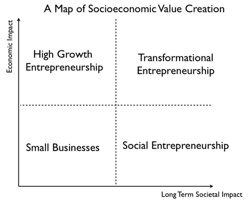After reading The Bottom Billion, I really wanted to get a grasp on the spectrum of perspectives development economists have towards foreign assistance. To this end, I just finished reading two more books on economic development: Jeffrey Sach’s The End of Poverty and William Easterly’s The White Man’s Burden. At 350+ pages per book, both authors pack a lot of information. However, the crux of both authors’ arguments is essentially:
Sachs: Advocates for international development through an approach he calls Clinical Economics. Doctors diagnose patients to improve their wellbeing; Sachs argues international development professionals should similarly conduct a multi-pronged assessment of the conditions of undeveloped countries in order to prescribe and execute a comprehensive plan to promote economic development.
Easterly: Planners, folks who believe economic development can be solved through strategic planning and implementation, are not the solution to economic development. Believes the real solution to economic development comes from searchers – folks from the country in question – who learn through doing, in turn promoting economic development from within.
If simplified even further, Sachs advocates a planned-approach while Easterly believes in the power of a markets-based approach to economic development.
Both Sachs and Collier cite a huge problem if the development community relies on a market-based approach: the economies of the most undeveloped countries often don’t offer goods or services that the rest of the world is interested in trading with. Even if these countries have goods of interest, typically natural resources, a variety of issues, such as those cited by Collier, continues to hinder undeveloped countries from getting a foot hold on the first rung on the economic development ladder.
Both authors provide valid arguments; however, if I’d have to choose a camp, I’d have to side with Easterly. I’m not completely sold on believing that searchers and a market-based approach is the key to international development, but I do believe a more entrepreneurial-from-within approach is needed.
Ironically though, my experiences volunteering with Generation Enterprise has taught me that entrepreneurship already is happening everywhere in the undeveloped and developing worlds. Perhaps hustling or hawking might be a better descriptor, but nonetheless, what’s happing on the ground is entrepreneurship. If hustling is already happening, than it’s clear, at least in my opinion, that a complete market-based approach is likely not the final solution to promoting systemic change and widespread improvements in the economies of the undeveloped world.

